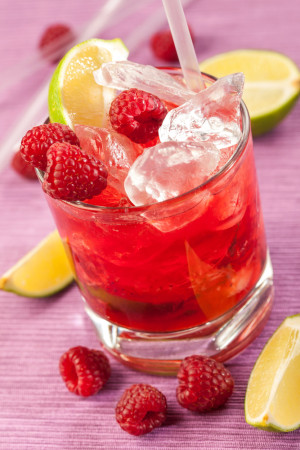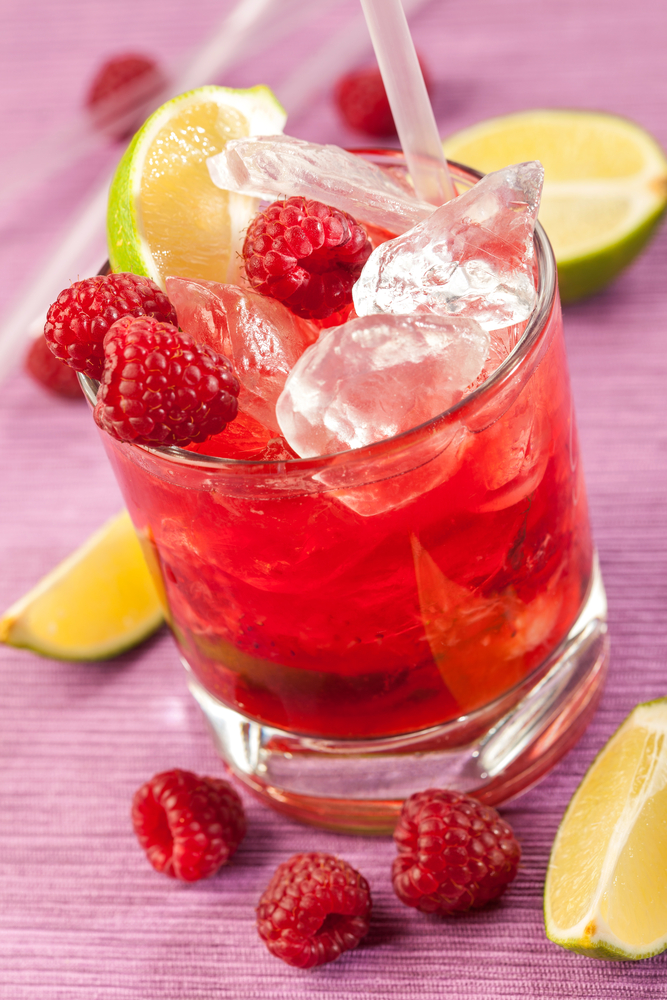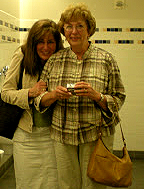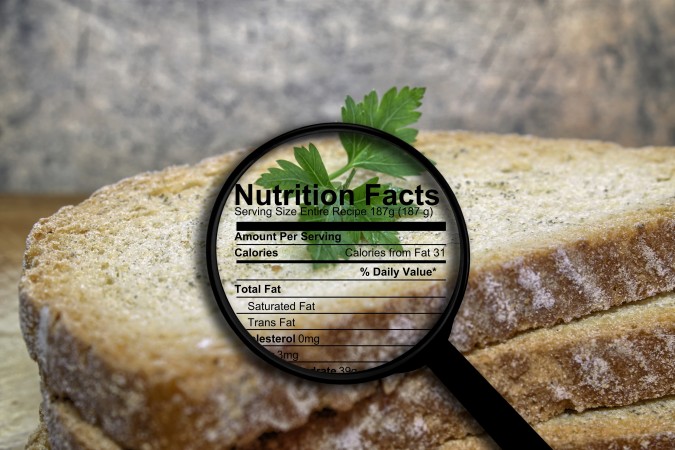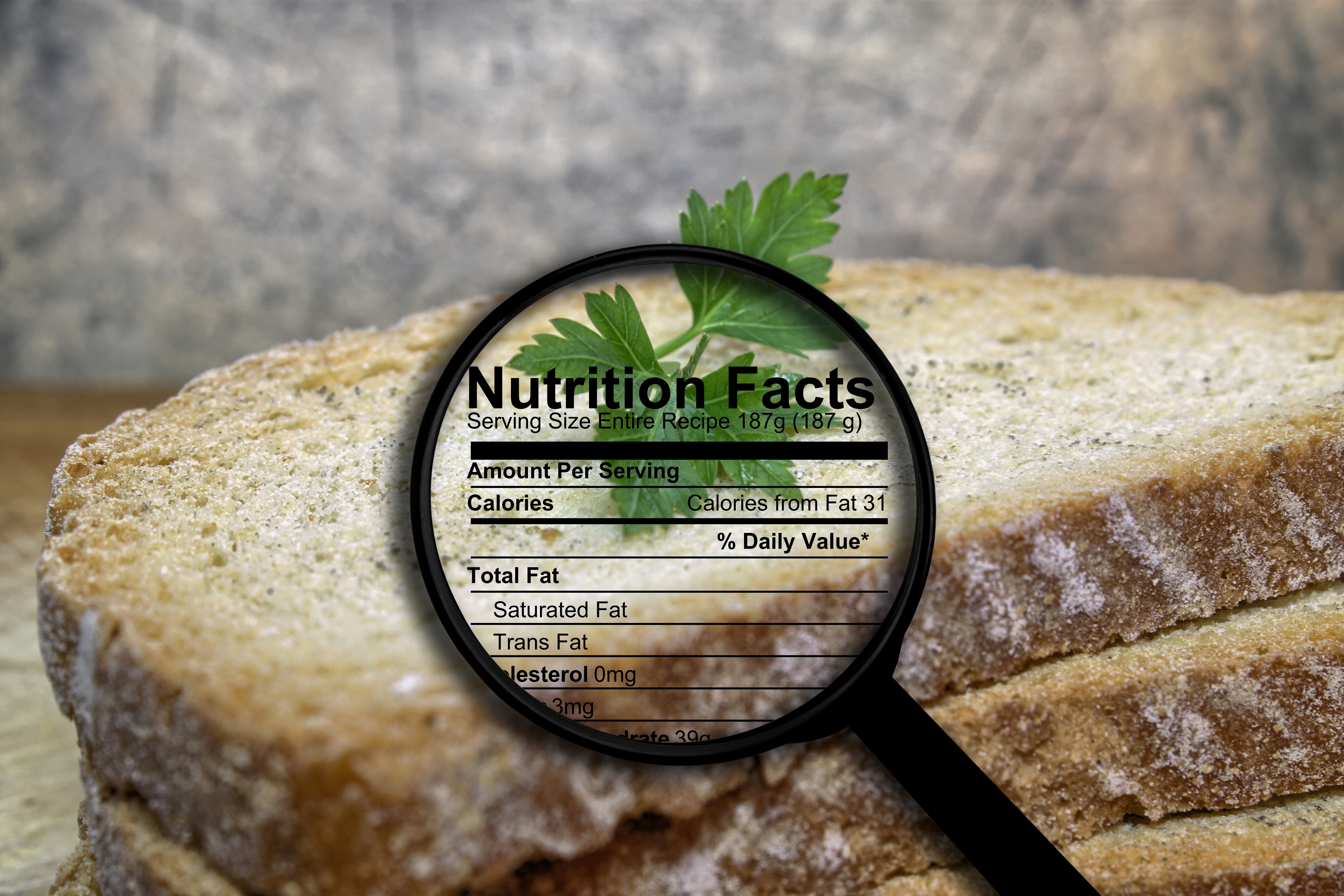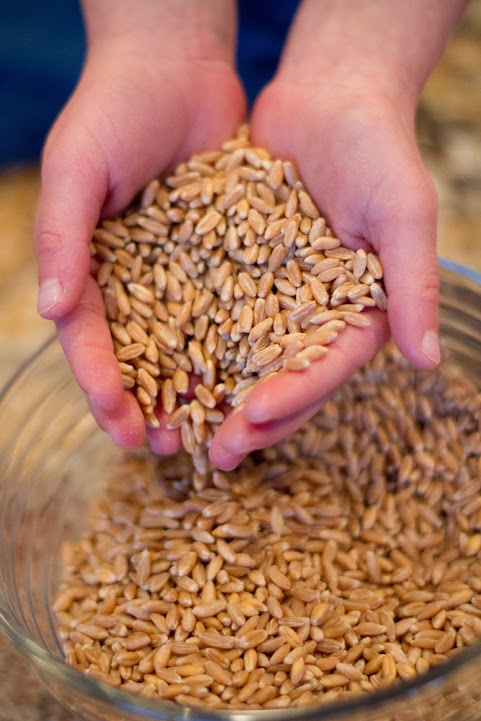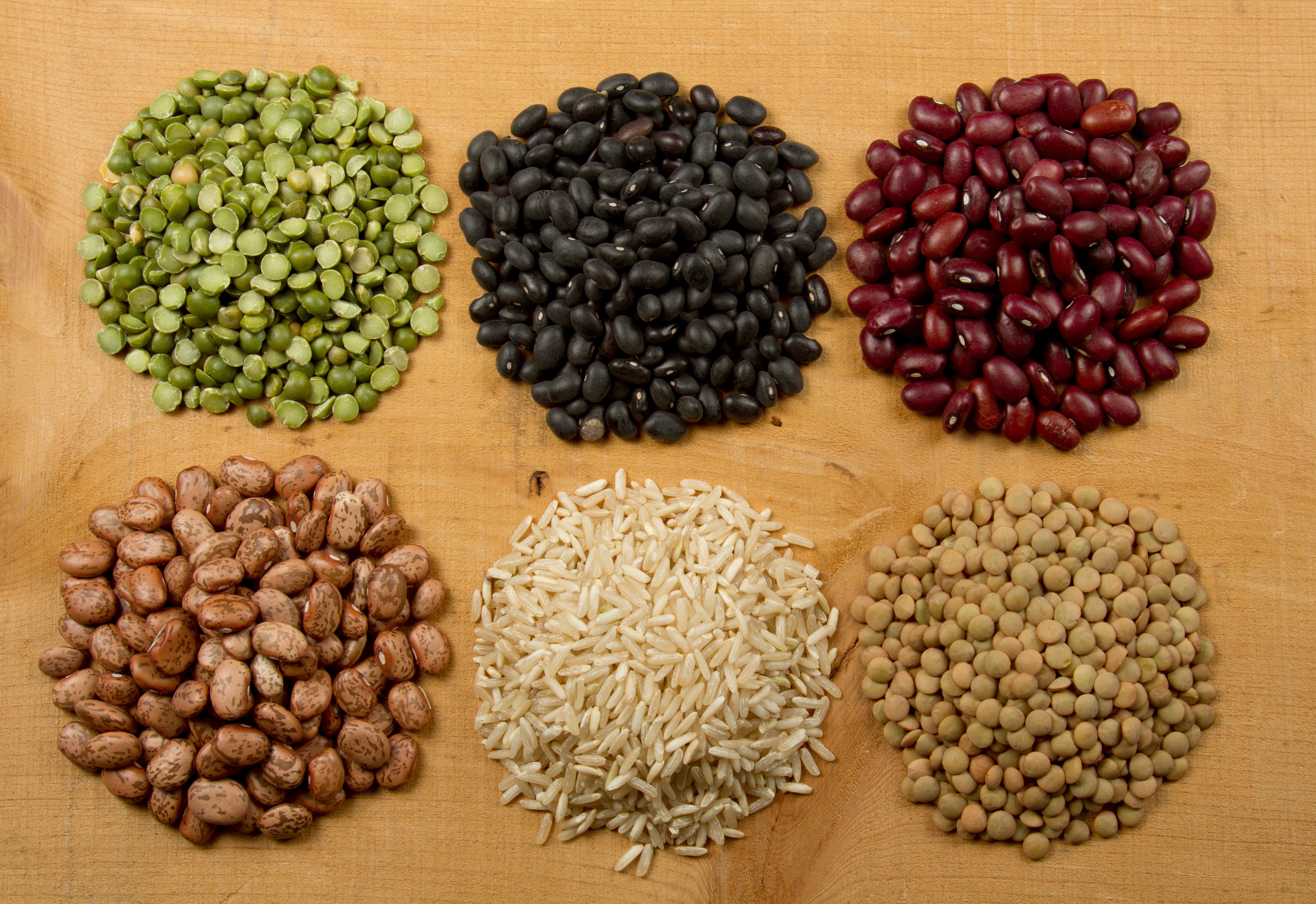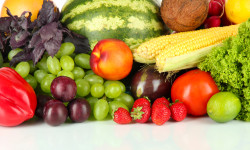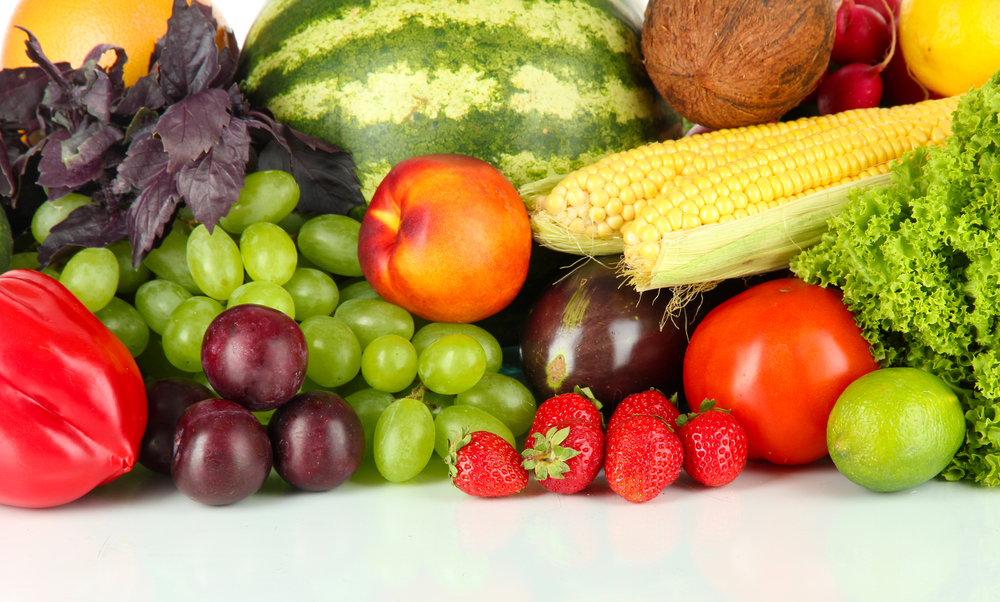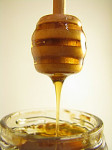
The other day I was reading about natural honey (since I love sweets!) and came across some really cool facts I thought I would share. Natural honey is wonderful as a food and also as a medicine. There are many different grades of honey, depending on factors such as where it is sourced and what containers it was stored in.
- While honey is sweet like white sugar, it is unique in that it also has small amounts of nutrients our bodies need for healthy living including: calcium, potassium, magnesium, and folic acid.
- Honey is a source of antioxidants which aids in protecting against some diseases. The quality of the antioxidants depends partially on the floral source of the honey. The darker honeys are known to have a higher antioxidant content.
- Honey is a great sports activity enhancer because of its high energy boosting ability. Plus, it is a lot cheaper than commercially sold sports bars and drinks. Because honey is in a pre-digested form it is directly absorbed into the body unlike refined sugar which needs to go through normal digestion.
- A recent study showed there is an antibacterial property to honey which makes it a better choice than refined sugar when it comes to tooth decay. Fruit juice starts to erode the tooth enamel ten minutes after consumption. Honey showed a delayed reaction on the teeth of 30 minutes, and the prominence of the erosion was less.
These facts make it highly worth substituting honey in some foods for other sweeteners. So for that next peanut butter sandwich opt out of jam and bring on the honey!
Because of the possible presence of botulinum , infants under 1 year old should not be feed honey.

